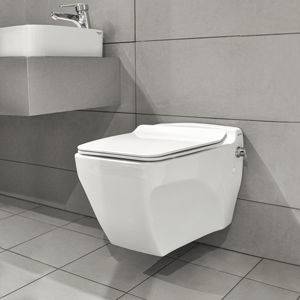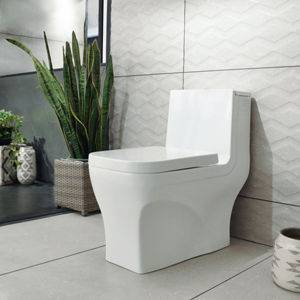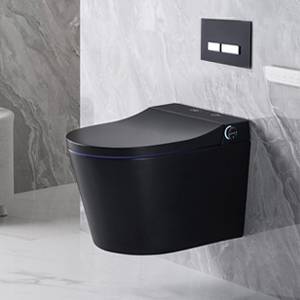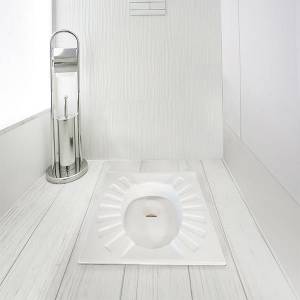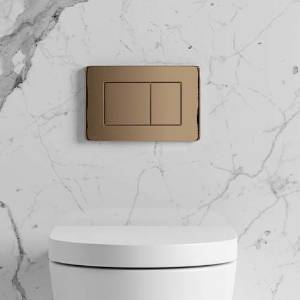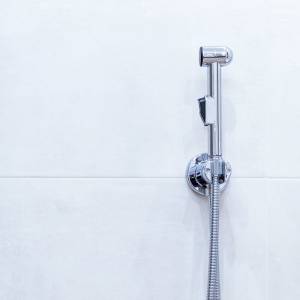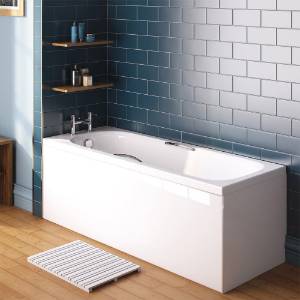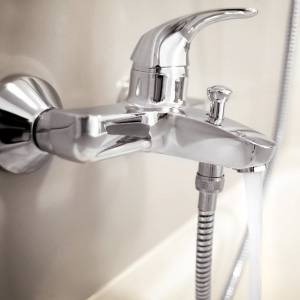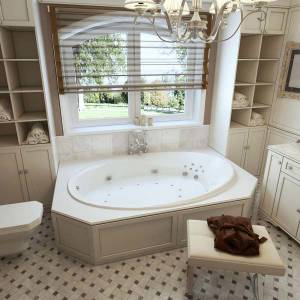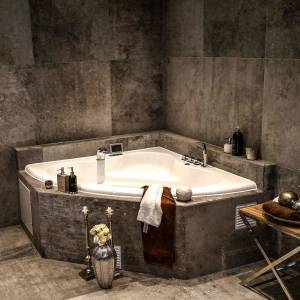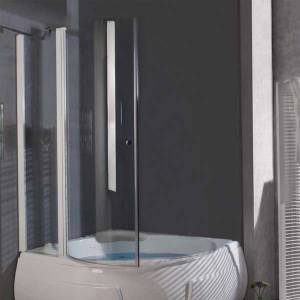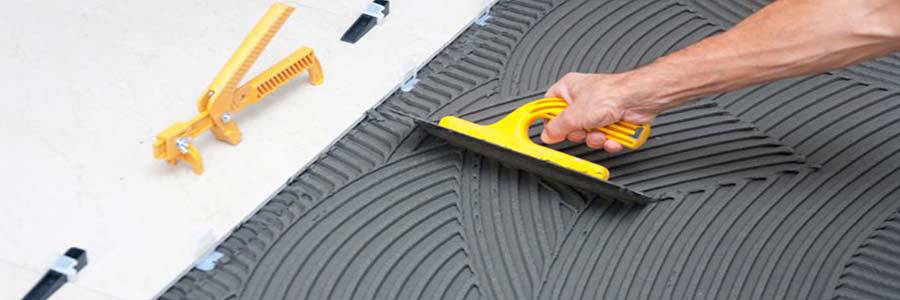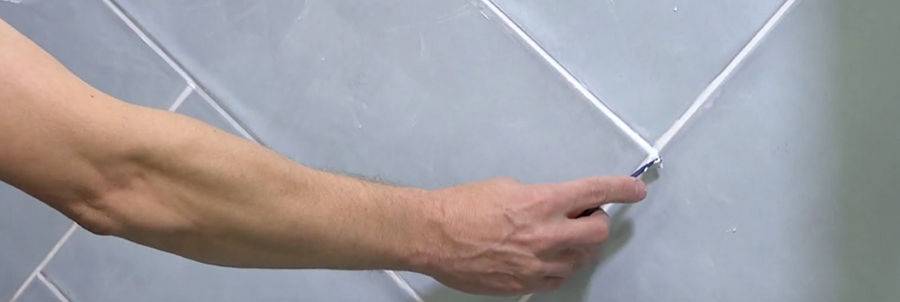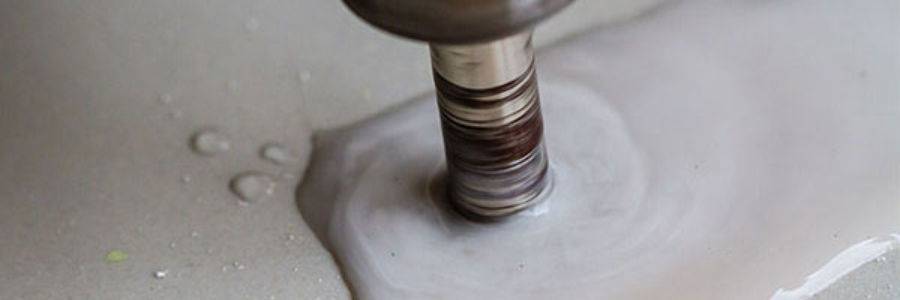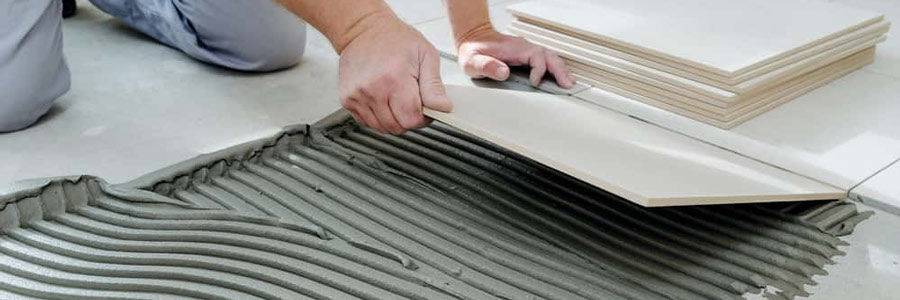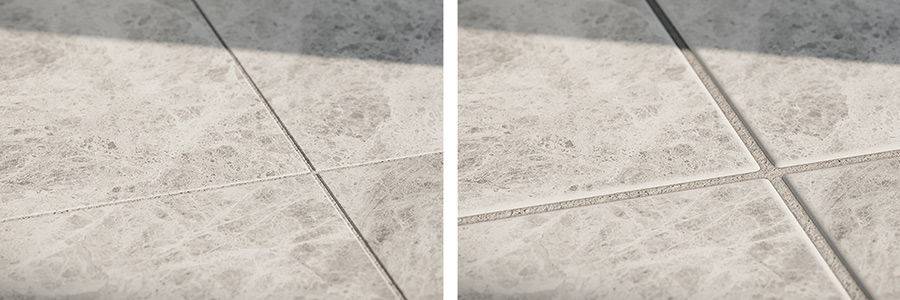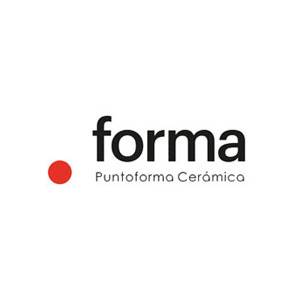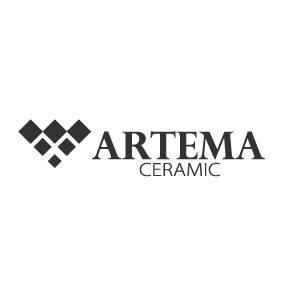Betahome stock and prices are live and up to date. Shop with confidence.
Profile
Search
Shopping cart
You have no items in your shopping cart.
RSS
Blog
Porcelain mosaic tiles are used to line swimming pools for many important reasons
Tiling isn’t forgiving, if it is done badly it wont look good. A wonky wall or uneven layout will be obvious and the very thought can be intimidating before you even start. As with any DIY job, preparation is key.
Tiling is a skill which takes time to perfect. Knowing the tips and tricks and being prepared before starting your project will help to achieve a professional finish.
Knowing the right tool to use to cut tiles in different situations is an essential DIY skill.
Expert tips on grouting and finishing tiles. Be careful not to make too much grout at a time as it will harden quickly and become unusable.
Sometimes you need to make holes in tiles to install some equipment. If this is done incorrectly, you are likely to crack the tile; but with the right tools and solutions, you can cut holes without causing any damage.
After finishing your tiling project, you should make sure that the tiles are taken care of and maintained. Sometimes you may have to replace damaged tiles. Don't worry, replacing them is relatively simple, just follow these simple steps.
If you’re considering embarking upon a new tiling project and have been reading around for tips before you start then you may have seen the term ‘Tile Spacers’ being bandied around. What are tile spacers and when should we use them?
Tiling can be a difficult and tedious job, but there are tools that will make it easier for you to do. We have assembled a list of tools to help you be successful in laying your tile, whether it is on a wall or a floor. All these tools are equally important, so we have put them in the order that you will use them...
Rectified tiles are ceramic or porcelain tiles that have been precisely ground and machined to give them near-perfect straight edges and exact dimensions. These tiles provide a very clean, symmetrical look, and allow for extremely fine grout lines of 3mm or less.
- 1
- 2
Blog search




